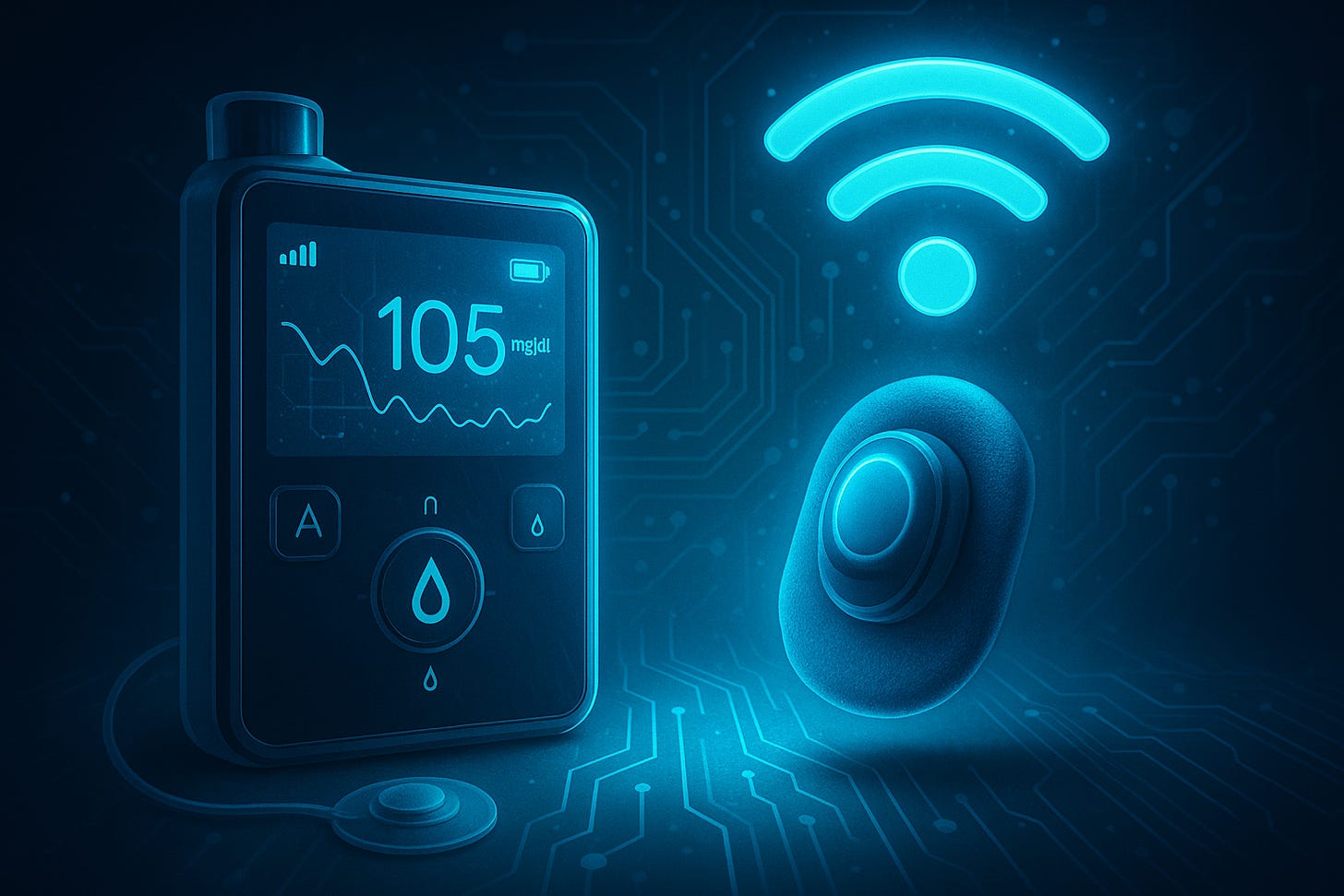First Automated Insulin System With Yearlong Sensor Launches
FDA-cleared twiist AID system pairs with Eversense 365 CGM to simplify Type 1 diabetes care
Topline
A first-of-its-kind insulin delivery system combining a yearlong implantable glucose sensor with automated insulin dosing will roll out in select U.S. markets in 2025, aiming to reduce the burden of Type 1 diabetes management.
Study Details
Sequel Med Tech and Senseonics have partnered to integrate the Eversense 365 continuous glucose monitor (CGM…
Keep reading with a 7-day free trial
Subscribe to Just Healthcare to keep reading this post and get 7 days of free access to the full post archives.


